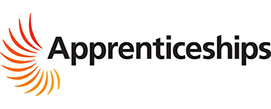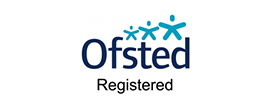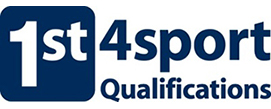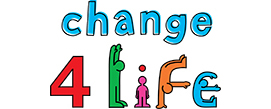
Eating a healthy, balanced diet is essential for maintaining good health and reducing the risk of disease. This means children should be consuming a variety of food groups in the right proportions to improve health and maintain and healthy body weight.
The amount of food and calories your child should consume is dependant upon several factors - their gender, age and activity level. The more active your child is, the more calories they will need. Older children need more calories than those of a younger age and males tend to need to consume more than females.
Daily Intake
On average, children between the ages of 5 and 10 will need to consume the right balance of calories, protiens, carbohydrates, fats, fibre and salt.
Therefore, it is essential you provide the best foods in your child’s lunch box to allow them to feel the best they can during the school day - especially if they have a fun, energising Active Superstars sports session after school or are participating in one of our holiday courses!
Average Daily Nutrition
- 1,800 calories
- 24g of protein
- 220g of carbohydrates
- 85g of sugar
- 70g of fat
- 20g saturated fat
- 15g fibre
- 4g of salt
Essentials for the Lunchbox
Fruit and Veg
 Fruit and veg is the most important food group as it contain a large amount of minerals and vitamins. It is recommended that a child consumes at least five portions of fruit and veg each day.
Fruit and veg is the most important food group as it contain a large amount of minerals and vitamins. It is recommended that a child consumes at least five portions of fruit and veg each day.
Eating five portions of fruit and veg is not as hard as it may seem, including at least one portion such as a banana, apple or pear in your child’s lunchbox and providing snack bags for snack time will ensure your child is eating a healthy, balanced diet.
Protein
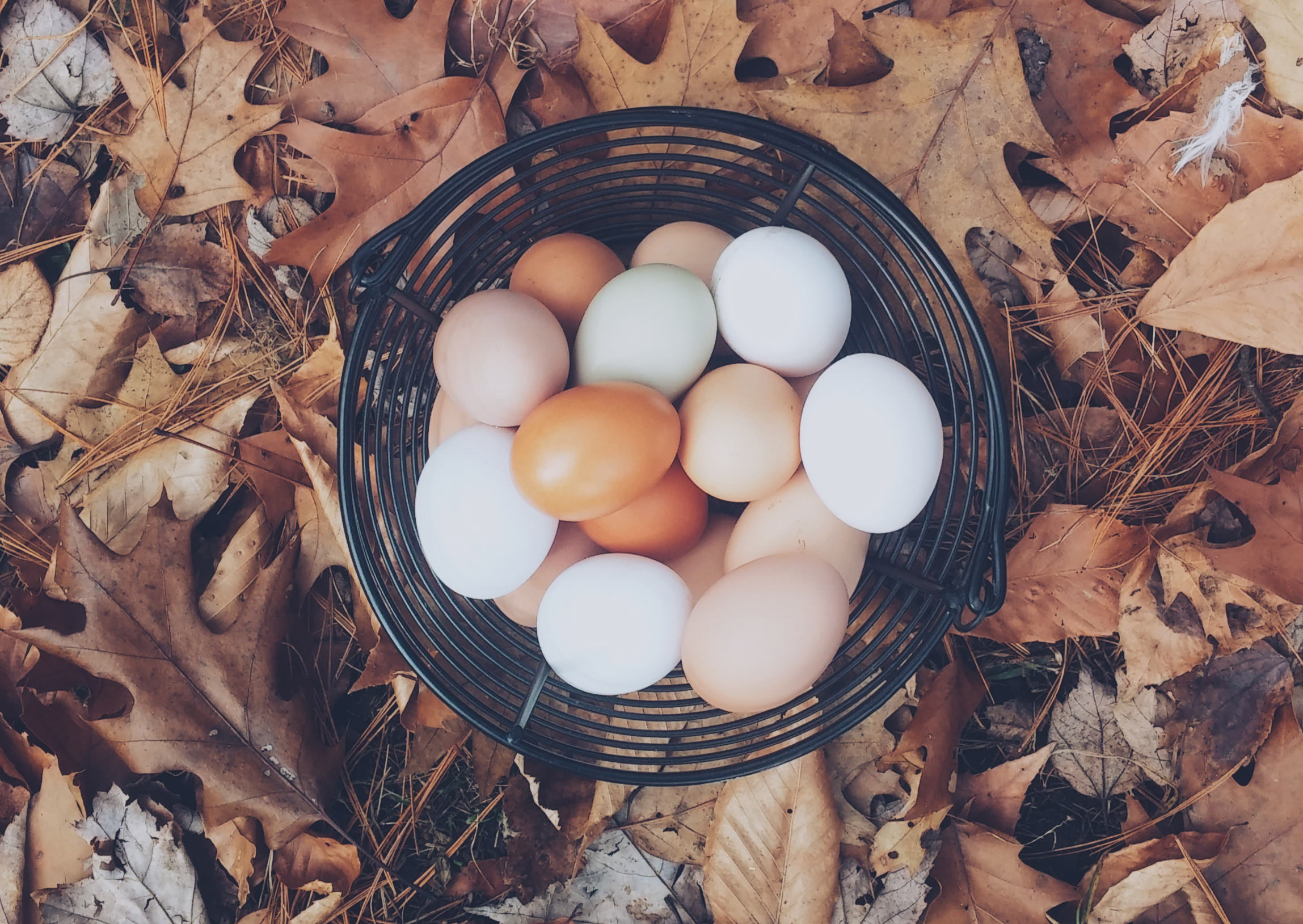 Protein is key in a child’s development as it helps the body grow and repair itself. Beans, fish, eggs, nuts and meat are just a few examples of protein rich foods. Meat and fish are the main sources of protein and they also contain a high level of minerals and vitamins.
Protein is key in a child’s development as it helps the body grow and repair itself. Beans, fish, eggs, nuts and meat are just a few examples of protein rich foods. Meat and fish are the main sources of protein and they also contain a high level of minerals and vitamins.
Fish is also rich in omega 3 and fatty acids, which is essential as the body cannot create its own. Omega 3 is good for the heart and has positive effects on the body’s metabolism and cardiovascular health.
It is recommended that you aim for at least two portions of fish a week, including one portion of oily fish, but remember, canned fish contains high level of salt so try choosing fresh fish as a healthier alternative.
Food such as chicken, tuna and eggs are ideal for the lunchbox and should be included each day. For example, chicken wraps and tuna sandwiches for lunch, and a pot of nuts or beans as a snack at play time.
Milk and Dairy
.jpg) Milk and dairy foods such as yoghurt and cheese are good sources of protein and contain calcium which helps develop bones, whilst keeping them strong and healthy. It is advised that you use 1% or semi skimmed milk as well as lower fat cheeses as healthier alternatives.
Milk and dairy foods such as yoghurt and cheese are good sources of protein and contain calcium which helps develop bones, whilst keeping them strong and healthy. It is advised that you use 1% or semi skimmed milk as well as lower fat cheeses as healthier alternatives.
Starchy Foods
.jpg) Starchy foods should account for one third of our daily intake so it is important to include potatoes, whole wheat pasta or wholegrain bread in your child’s lunch box as healthier alternatives to white bread.
Starchy foods should account for one third of our daily intake so it is important to include potatoes, whole wheat pasta or wholegrain bread in your child’s lunch box as healthier alternatives to white bread.
What to Leave Out
High amounts of saturated fat can increase the amount of cholesterol in the blood and could result in serious health issues. High levels of sugar can also lead to a number of health issues such as obesity and tooth decay.
Therefore, it’s important to try and replace foods that are high in saturated fats or sugar with healthy alternatives where possible.
Keeping Fit
As well as providing a healthy lunch, encouraging children to keep fit is also an important factor in their well being. Why not enrol on one of Active Superstarss Holiday Courses or Academy Course to keep you child active and inspired?
Active Superstars offer a wide range of physical activities ranging from soccer and dance to multi-sport events, in term-time and during the school holidays.
If you want to engage your child in unique, fun, energising sports, call Active Superstars today on 0121 222 5464 or email info@activesuperstars.co.uk

